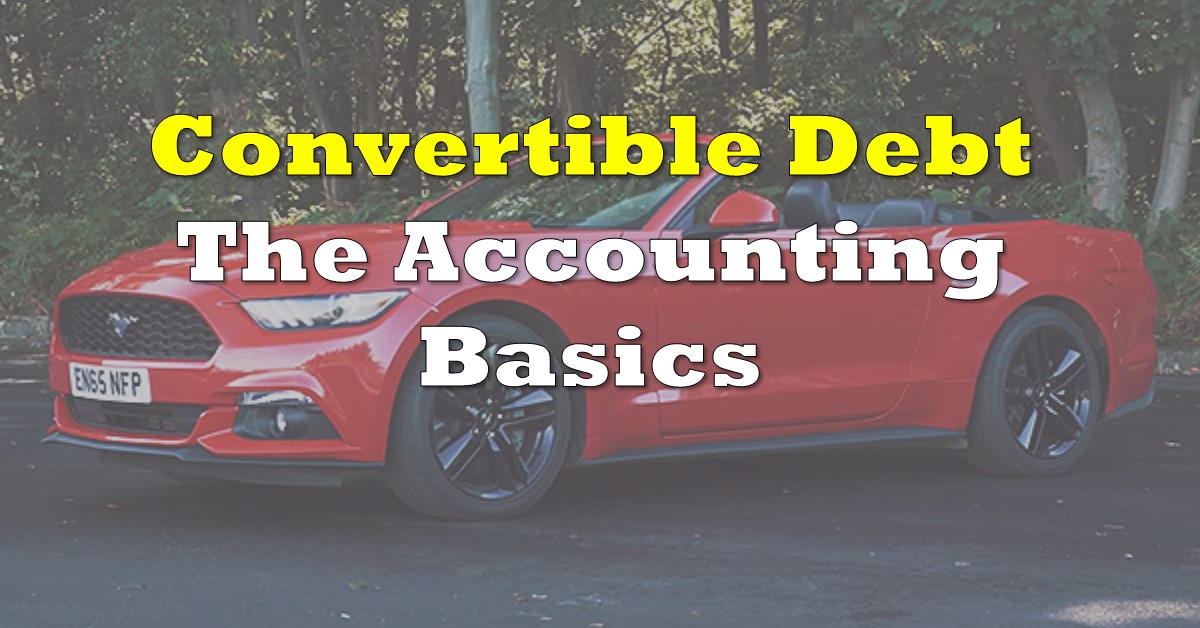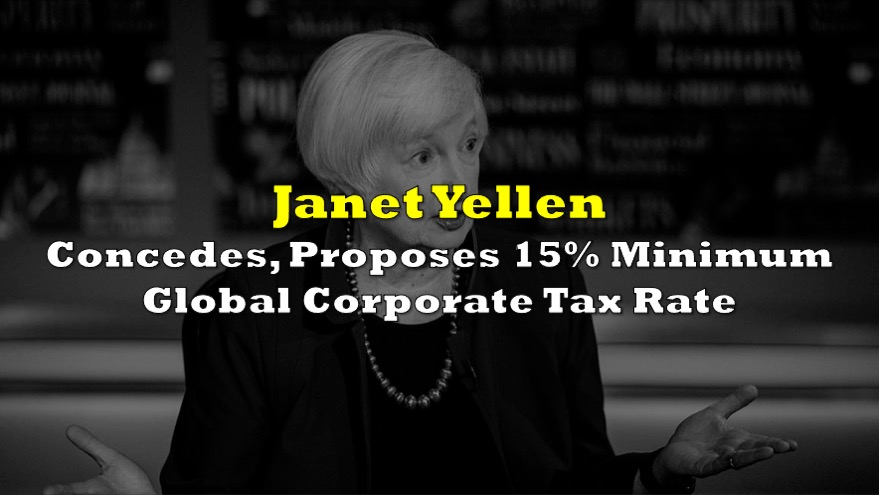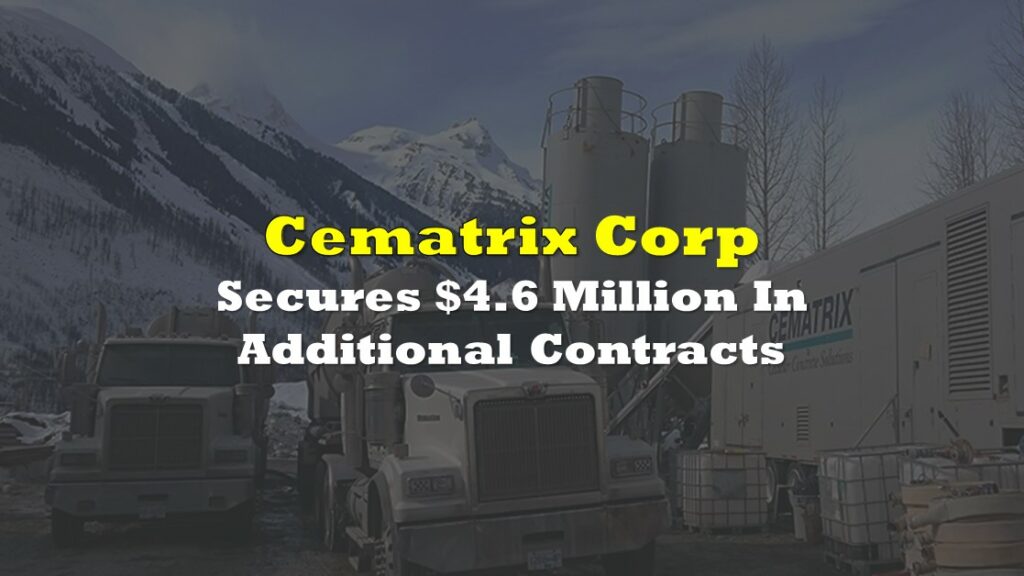When the potco summer was in full swing last year, convertibles were all the rage. They’re available in several different varieties, but the differences mostly come down to trim. At the heart, convertibles are debt instruments whose principal and interest can “convert” to equity when the issuer’s stock trades above a predetermined price. And, like anyone who talks themselves into a convertible in the summertime, Potcos were fixated on the upside. They imagined themselves staring up at the blue skies of unlimited upside, saw all their friends rolling around in cash that paid for itself in a strong market, and thought to themselves, why not me?
Now the weather is turning, we’re starting to see how these things handle bad weather. They don’t come from the factory with snow tires, and those roofs are really only made to keep the rain off for brief summer showers. In this environment, investors really need to understand how a convertible is built so that they can avoid backing companies riding around in vehicles that might not survive a storm. The Deep Dive has you covered.
Understanding The Accounting Basics
Convertible bonds, notes or debentures are a form of debt that gives the holder of the debt instrument a regular interest payment (called a “coupon”), either for a fixed amount of time, or until the stock trades above a target price that triggers a conversion event. This is the preferred outcome.
In an up-trending market, the bondholder’s principal and interest after conversion become free-trading stock and the company doesn’t have to worry about coming up with cash to pay off the principal. Everyone’s happy. For investors long the equity, there are outcomes that aren’t as good, and the best way to understand those and their implication is to understand the accounting.
Following these instruments along a balance sheet can get a bit confusing, but understanding the methods used to account for convertibles can give us good insight into their immediate and long term implications.
From an accounting perspective, the debt instrument consists of:
- a liability portion (the money owed)
- and an equity portion (the conversion feature).
In cannabis, convertible debentures are commonly accounted for using the residual method. The carrying amount of the conversion feature is the difference between the principal amount and the initial carrying value of the financial liability.

A Basic Example:
ABC Corporation issues 1,000 convertible debentures, with a 3-year term, and a face value of $1,000 each. The debentures will include an annual coupon payment of 8%. The market interest rate of similar debentures without the conversion feature is 12%. In addition, the company paid out $50,000 in transaction fees at close.
You might think it is as simple as creating a $1,000,000 liability on the balance sheet (credit) and adding $950,000 to the cash account (debit) with a $50,000 finance expense (debit). It is actually much more complicated than that because of the conversion feature.
First, we need to look at the present value of all the cash flows assuming 12% interest:
| Payment (in 000’s) | Discounted to Present Value at 12% | Present Value | |
| Year 1 | $80 | $80/1.12 | $71.43 |
| Year 2 | $80 | $80/1.12^2 | $63.78 |
| Year 3 | $1,080 | $1,080/1.12^3 | $768.73 |
When we add up the three values, we get to $903.93. Remember, the company has issued 1,000 of these debentures, so the total present value works out to approximately $903,927.
Now that we have figured out the discounted amounts, we can come up with an equity portion and a liability portion of our instrument…
| Face Value | $1,000,000 |
| Less: Liability Component | $903,927 |
| Equity Component | $96,073 |
And, since nothing is free, we have to account for the transaction fees associated with the financing. This is where we can choose to use the amortization method or fair value through profit and loss (FVPTL). If using the amortized method, we need to pro- rate the $50,000 fee to each component. The face value represents 90.39% as liability and 9.61% as equity, so we can break the transaction fees up by multiplying each percentage by $50,000.
| Transaction Price | Transaction Cost | Carrying Amount | |
| Liability Component | $903,927 | $45,196 | $858,730 |
| Equity Component | $96,073 | $4,804 | $91,270 |
Effective Interest Rate – Amortized Method
The effective interest rate is what the company is really paying in interest given the financing costs and what the real rate of interest on the bond looks like without conversion (12%). The quickest way to calculate this is using a financial calculator, in this case with a face value of $1,000,000, present value of $865,750, payments of $80,000 and a 3 year term, it brings us to an effective interest rate of 14.1%. Here is a schedule of how we go from the liability amount to the principal loan amount over the life of the convertible:
| Beginning Balance | Interest Expense (14.1%) | Less: Cash Coupon (8%) | Closing Balance |
| $858,730 | $121,081 | $80,000 | $899,811 |
| $899,811 | $126,873.41 | $80,000 | $946,685 |
| $946,685 | $133,482.56 | $80,000 | $1,000,000 |
Again, for Grade 12 accounting students, the journal entries for the first year would look something like interest expense (debit) of $121,081, cash (credit) of $80,000, and add to the financial liability $41,081 (credit). The interesting part is the conversion feature, equity, is not remeasured as the payments are made. Remember, the company got this debt for a discount; they are paying 8% when similar bonds were 12%. They effectively received the discount by issuing an equity instrument. Also, even if the conversion option is not exercised, the amount recorded in equity is not remeasured either. The only item that affects the income statement is the recognition of interest expense at the effective interest rate for the liability component.
This can get much more complicated depending on variables such as taxes, early conversion, early repurchase, modifications, etc. Again, this is a basic overview. Next, there is the financing fee, which will either be recognized on the initial transaction (FVTPL) or pro-rated into liability and equity and then amortized over time (Amoritized Method).
Here is a quick look at how both methods break down. With FVTPL we use the 12% interest rate and with the amortized method we use the effective interest rate of 14.1%.

Okay, So Get to the Point Nerd, How does this Affect My Pot Stocks?
Convertible Notes have become very common to fund the cannabis sector. The Deep Dive recently wrote a piece looking at the looming convertible note issues in cannabis identifying various companies with large convertibles coming due. One example of a company that issued convertible debt in the past is Supreme Pharmaceuticals. I will use them as an example to look at one of their notes so investors can understand what they are looking at. This is not to suggest anything about how we feel about the company/stock. We picked them as random cannabis company who has convertibles, so we can look at them for educational purposes.
The following is from Supremes most recent financials, Q2/19.

How to Interpret the Above Table
If you read the above, you’re now fully aware that when we see a convertible note, we will more than likely see a debt component and an equity component. In early October of 2018, Supreme issued $100M worth of debentures, with a 6% coupon, and an effective interest rate of 18.31%. We also can see that when they issued the $100M of convertible debt, only $70.7M ended up on the balance as liability, and $24.9M ended up as equity. Since then, they have recognized new debt of $8.4M via interest and amortization, which will approach $100M as the convertible debt matures.
In Supremes case, they have managed to execute at a level where prior to the last round of convertibles the debt converted into equity. This is the case when your stock price performs. Investors are now expecting the company to get the share price above $2.45 or for the company to generate enough cash flow and/or raise enough equity to pay off the coupon payment and principal amounts. In a bear market, it looks like the conversion of the share price is far less likely. It is also unlikely Supreme will be able to pay off a $100M loan within the next 24 months. Let’s say at that time they pay off a portion of the debt and the stock price still isn’t high enough to convert. What happens next? They likely will have to roll over the debt into a new financing, which could happen via straight equity, a new round of convertibles, or standard bank financing (the absolute dream). The worst-case scenario is that the company fails to execute and has a share price much lower from here, rolling over into a new round of convertibles or equity would result in a super dilution event.
What Investors Should Notice
Two things I would encourage investors to make note of are 1) the obligations, and 2) the fully diluted share count.
A rookie mistake many investors make when looking at the balance sheet, is seeing $79M under liabilities and forgetting the actual obligation is $100M plus interest (always read the notes!). Secondly, when investors look at the fully diluted share count, they may look at the basic shares outstanding, the options and the warrants, yet forget there are 40.8M additional shares added if the debt is converted.
Why Do Investors Like To Invest in Convertible Debt
Investors who own the convertible debt receive some great advantages over typical equity holders. Firstly, they often get a regular cash payment for their investment. Secondly, they get exposure to the upside of the equity (assuming the conversion is at the discretion of the debtholder). If the stock takes off like gangbusters, the investor can convert their debt into equity and play the stock market for a nice gain. Thirdly, if the company fails to perform and cannot pay the debt, the convertibles might be exchanged for shares at a much lower price; giving the investor a much larger piece of the pie than if they did straight equity from the beginning.
What About Investors In The Company?
If a company has a large amount of convertible debt, you are betting on execution within the timeframe of the convertibles. If a company fails to execute, and the debt is unsecured you are looking at the issuance of more convertibles or possibly a super dilution event into straight equity. Either way, you probably are underwater on your investment. Now, if the convertibles are secured, and the company fails to execute, there is a chance the equity holders could lose their full investment.
Final Thoughts, it CAN Turn Into a Death Spiral
A convertible with the sports package, all tricked out with the performance motor and racing slicks, is the kind of thing that’s likely to crash in heavy rain. Sometimes, a wreck like that only has body damage, and it can be bought back at a discount on a salvage title.
Convertible bonds are generally unsecured debt, so the holders don’t have a claim against the assets, but they might have the next best thing. A company whose operations can’t carry the debt load has to go back to the equities market. An equity offering at or near a low for the purpose of paying off debt is a tough sell to anyone but the creditor, so any creditor who’s inclined can end up with a control block on the cheap.
That often ends up being a great deal, because the core of the business – the license, the facilities and the contracts with a workforce – are usually intact. A few adjustments can turn it into the high-margin business that everyone was dreaming on, and the creditors set themselves up to effectively buy it for cancelling the debt that was holding it back in the first place.
Information for this briefing was found via Sedar and the BDO. Special thanks to the many accounting professionals who answered questions for this piece. The author has no securities or affiliations related to this organization. Not a recommendation to buy or sell. Always do additional research and consult a professional before purchasing a security. The author holds no licenses.









